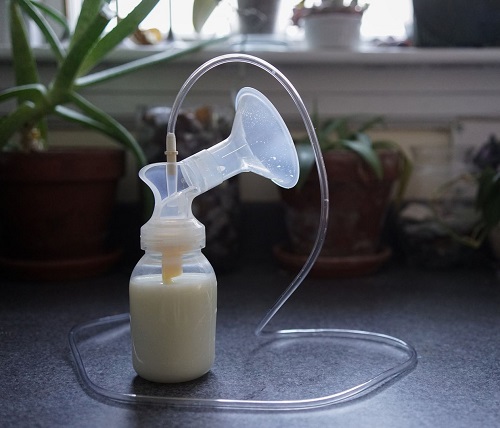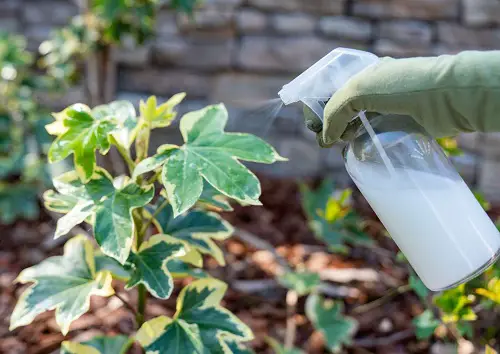“Breast Milk Uses for Plants” – No! We are not kidding you! It can help botanical specimens grow better and thrive!

Though it might sound impossible or outrageous, breast milk can be an effective way to promote plant care!
Composition of Breast Milk
Breast milk is nature’s finest for nurturing human infants and is rich in the following:
- Proteins: Contains whey, casein, antibodies, and enzymes.
- Fats: Includes saturated, monounsaturated, and polyunsaturated fats (including vital omega-3 fatty acids).
- Carbohydrates: Is rich in Lactose, which promotes the absorption of calcium.
- Essential Vitamins: Has vitamins A, C, E, and B-complex alongside minerals such as calcium, iron, and zinc.
- Antibodies (IgA, IgG, IgM): Provides passive immunity from infections.
- White Blood Cells: Plays a vital role in immune defence.
- Lactoferrin: Binds iron and inhibits the growth of harmful bacteria.
8 Milk Uses in the Garden Proven by Science
Using Breast Milk For Plants

The biggest benefit of using breast milk for plants is its gentleness – meaning, it can be applied directly without dilution in the soil.
1. Boosting Leaf and Stem Growth
As breast milk is rich in proteins, fats, and essential sugars, using it in plants (10-20 ML per pot every 2-3 weeks) will provide all these vital nutrients, helping them grow healthier.
Follow these Houseplant Care Plans According to Their Age
2. As a Flowering and Fruiting Agent
The hormonal content in breast milk may promote flowering and fruiting in certain plants – as there’s no research available, you can use it on an experimental basis. (10-20 ML of breast milk per plant, every 2-3 weeks).
3. As a Foliar Spray
As breast milk is rich in growth hormones, it may promote the size of the leaves in certain plants. Its antibacterial properties might also help to keep pests and certain pathogens away.
Dilute it with water in a ratio of 1:5, put the solution in a spray bottle, shake well, and use it once in 3 weeks.
8 Fantastic Milk Powder Uses in the Garden
4. Breast Milk Fertilizer
You’ll need:
- Coffee Grounds
- Breast Milk
- Water
Mix one tablespoon of breast milk with 4 tablespoons of water (1:4 ratio). Now, add 1 teaspoon of coffee grounds to it – mix well.
You can use this solution directly in the garden or in potted plants, once every 4 to 5 weeks. This nitrogen and calcium-rich fertilizer will promote healthier growth.
How to Source Breast Milk?
Before you decide to use breast milk for plants, do remember that first and foremost, it is EXTREMELY IMPORTANT that the baby’s nutritional needs are fully met. Use only the surplus that’s left after feeding the infant.
While sourcing the milk from a lactating mother, a breast pump can be used for the purpose.
If you are sourcing it from someplace else, you must declare the purpose (That it will be used for the plants) so that the donor is fully aware of how their milk will be used.
Use sterile containers to store breast milk to avoid contamination.
12 Coconut Oil Uses in the Garden & Home
Conclusion
Though you can use breast milk for plants, make sure that it is utilized for the baby first. Always test it on a small section of the plant before going for a widespread application.


